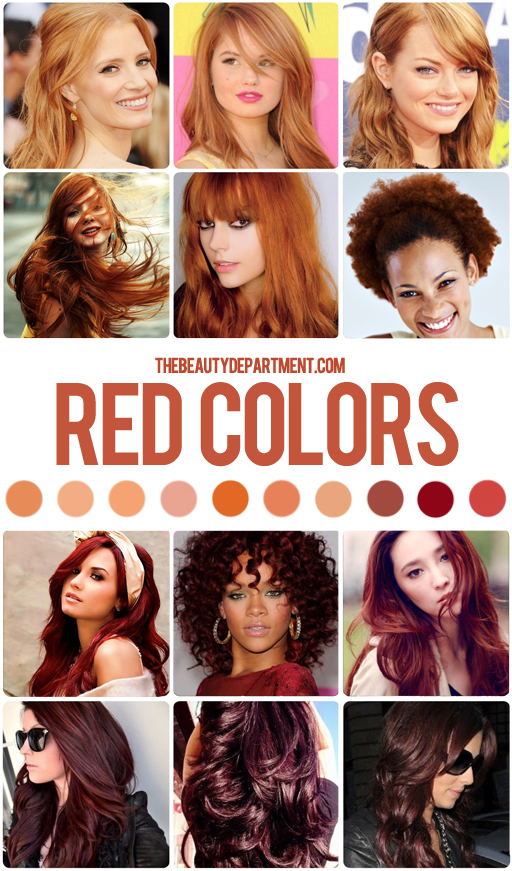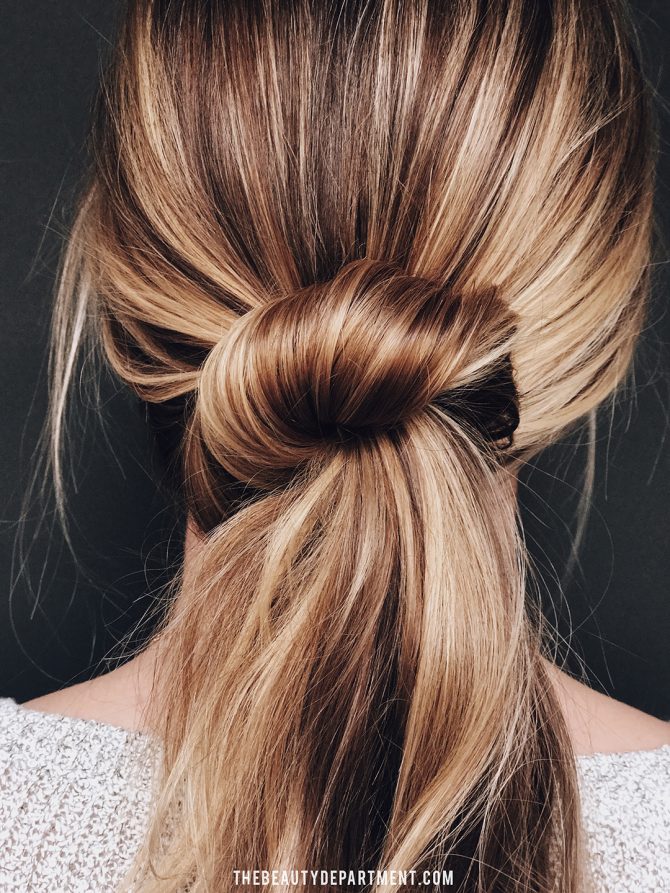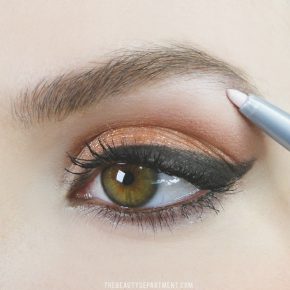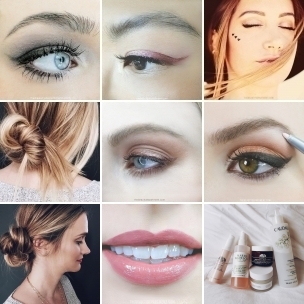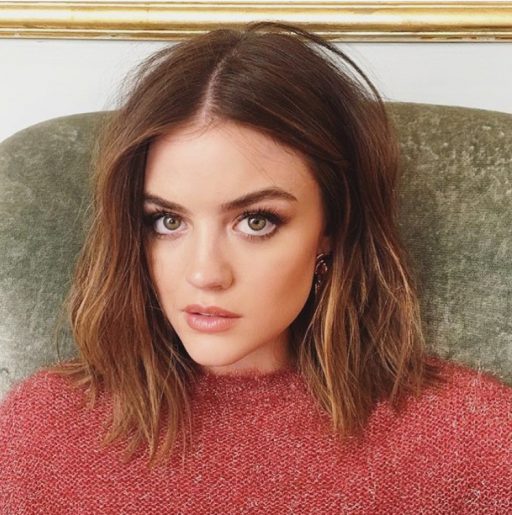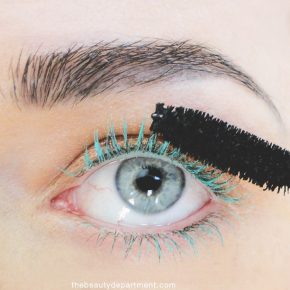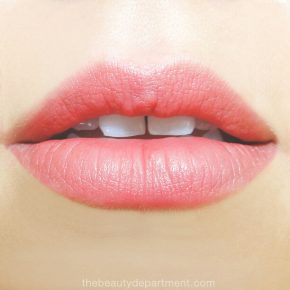hair
HAIR COLOR GUIDE (REDS)
The best thing in the world is when a client walks into the studio and says “I think I want to go red.” It’s hard to keep from jumping up and down. First thing you have to do as a colorist is find out what kind of red your client is attracted to. And if you’re doing the color at home, you have to figure out what tones you want to have. I made this chart to show you the 4 main red families. It’s important to know because there are so many different names for red– colorists, am I right? One person’s chestnut is another person’s auburn, and one person’s copper is another person’s strawberry blonde. This guide gives you a clearer understanding and something to take with you when getting your color done or shopping for the right box to use at home. Below I’ve listed the 4 main families of red and some helpful info about each one…
- Ginger. This is the kind of color you see on someone who is a natural redhead. Think of Nicole Kidman, Julianne Moore, Isla Fisher, Jessica Chastain, etc… Gingers are typically a lighter shade because as this tone goes darker it leans more toward “a hint of red“, which we discussed in the last color guide post. Ginger is not an intense red so the darker you go, the less you see the red. I suggest you go for this if you have fair skin and light eyes.
- Copper/Orange. This is one of the most popular reds on earth thanks to Christina Hendricks and Taylor Tomassi Hill. Admit it! You’ve definitely wondered if you could pull of that sparkling shade of Joan. It’s vibrant and rich and reflects so much light. The good news is it can be done on almost any skin tone as long as it’s done right. A true copper will have a very “orange” tone to it so you’ll have to work hard to keep it from fading but it’s so worth it. Bright copper/orange tones are stunning. I tend to put this on the girls who love a very vintage vibe and have great style.
- Blue Reds. Don’t let the blue part scare you. It just means this is more of a true red. Think koolaid, think red velvet cake, think Jessica Rabbit. Just like the copper/orange family, I vote you can put this one almost anyone who’s willing to try it. It looks great on any skin tone if it’s done right. I’ve put this on girls with every skin tone and I can tell you it works, but you have to have a very special attitude to pull this off. I like to discribe this as decadent, rebellious and glamourous. This color isn’t for the shy girl.
- Purple Reds. We’re talking merlot, black cherry, plum and berries. These are my favorite for girls who have naturally dark hair and want to dip into the red family. It tends to go well with a more olive skin tone. I usually like to stay away from putting purple-reds on girls with redness or pink tones in their skin. The purple tones can bring out the redness. Purple based reds aren’t supposed to look natural! Shine and intensity is what this color is all about. When I do this on someone, I encourage them to wear their hair wavy because it really helps give it a little dimesion and keeps it from looking wig-like.
Fading: Synthetic reds (as in anything you use color to achieve) are known for fading fast.
- Use a color shampoo. Either one that deposits color or one that is intended to keep the color longer. (Stay tuned for the color shampoo round up! I’ll spill my favorites for keeping color in place next week.)
- Start strong. I always formulate my color so that it’s extra bright for the first week and then fades out to a perfect shade by the second week, then it holds that color for weeks to come. Try going a slightly brighter color so it settles where you want it!
- Give it some time. With red, you have to apply it over and over and over in order for it to really stick– especially if you’re going red from a lighter color. My red faded out so much for the first year, but once I got into the second year there was a major decrease in fading. Think about it– if you put red dye on a white towel and wash it, it will be pink. When you dye it over and over it will start to keep the color more. Give it time.
- It’s easier to keep the color in if you’re going from a darker shade to red vs. a lighter shade to red. Natural dark hair color has so much red under it already that it supports the red and keeps it from fading so fast. Lighter hair doesn’t have the same underlying red tones to support. Just know it may be a little harder. (Talk to your colorist if you want a more indepth understanding of this.)
Hope you guys have loved these color guides! If you missed any, see them here: ASHE, NEUTRAL, GOLD, WARM GOLD, HINT OF RED.


